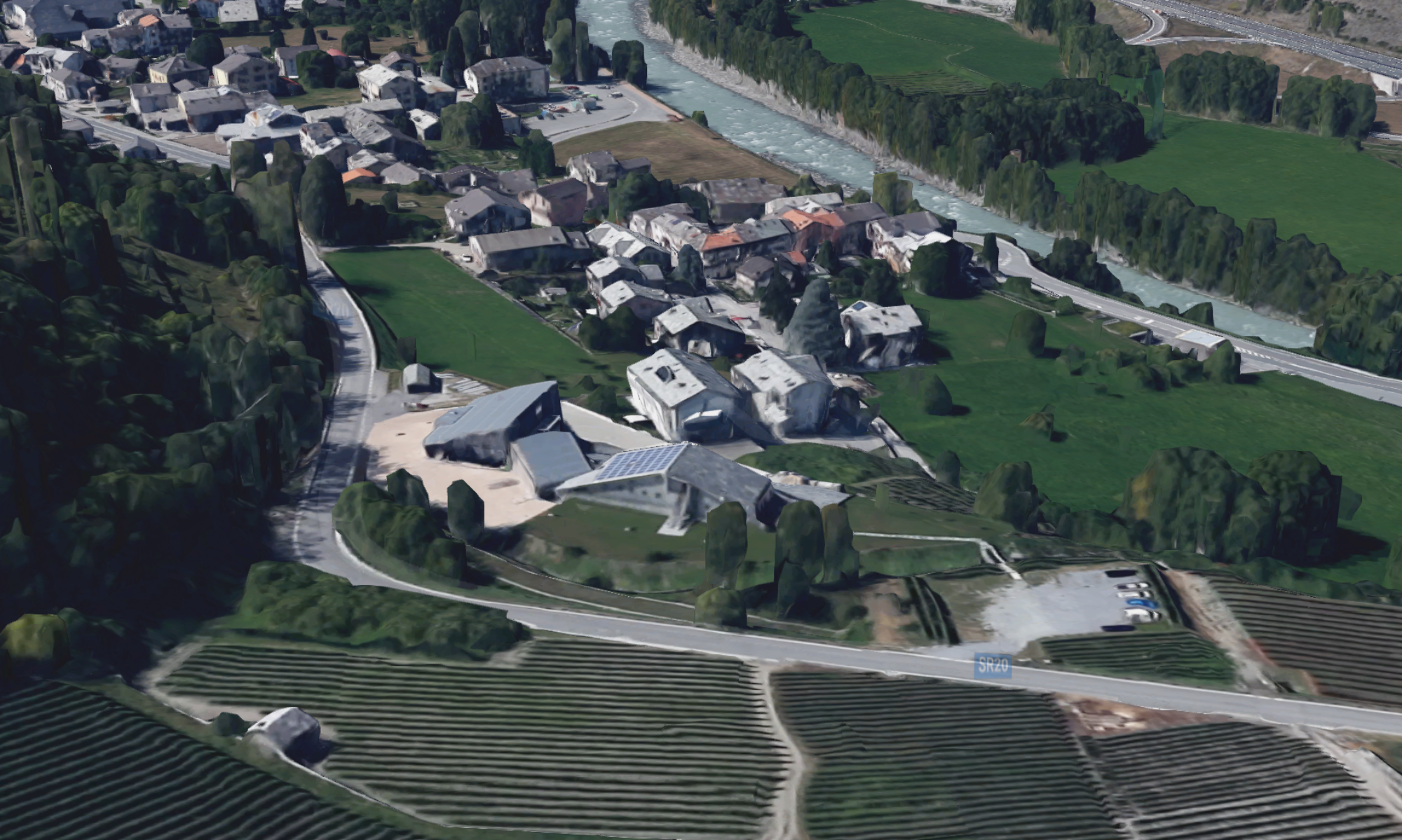Acids are structural components of wine. If a wine is too low in acid, it tastes flat and dull. If a wine is too high in acid, it tastes too tart and sour.
Usually, the winemaker can easily manipulate the acidity. What does it mean when a wine label states the total acidity is 0.60 % (0.60 grams acid per 100 mL) and the pH is 3.5? What follows is a primer on the role of acids in wine and an explanation of concepts such as total acidity (TA) and pH.
THE PRINCIPAL ACIDS FOUND IN WINE
The principal acids found in grapes, and therefore wine, are tartaric acid, potassium hydrogen tartrate (cream of tartar), malic acid and potassium hydrogen malate. Tartaric acid and potassium hydrogen tartrate predominant in wine. Since potassium hydrogen tartrate and potassium hydrogen malate are derivatives of tartaric and malic acids, respectively, only tartaric and malic acids will be discussed with the understanding that their derivatives are also present in wine. The relative amounts of tartaric and malic acids vary depending on the grape variety and on where the grapes are grown. For example, in Burgundy, the Chardonnay has a lower concentration of malic acid than the Chardonnay grown in the Napa Valley of California. We will come back to that later.
VOLATILE ACIDITY
Both tartaric and malic acids are nonvolatile which means that they do not evaporate or boil off when the wine is heated. This is to be distinguished from volatile acidity (VA) in wine that represents acetic acid (vinegar). Acetic acid does boil off when heated, and high VA is undesirable in a wine. A VA of 0.03-0.06% is produced during fermentation and is considered a normal level.
CLIMATE: ACID vs. SUGAR
Tartaric and malic acids are produced by the grape as it develops. In warm climates, these acids are lost through the biochemical process of respiration. Therefore, grapes grown in warmer climates have lower acidity than grapes grown in cooler climates. For example, Chablis (France) produces grapes with high acid because the climate is very cool, while Napa Valley produces grapes with lower acidity because the climate is warmer.
Sugar production is the complete opposite of acid production. The warmer the climate the higher the sugar content of the grapes.
Sugar content of grape juice is expressed in percent (%) or ° Brix (e.g., 24 % sugar is equal to 24 ° Brix). In summary, warmer climates result in high sugar and low acid whereas cooler climates result in low sugar and high acid. The process is called chaptalization
The Chablis region of France is a very cool region and normally produces grapes with low sugar and high acid. The big concern in Chablis is getting enough sunlight and warmth to get reasonable sugar levels. In low sugar years, they are allowed to add sugar to the grape juice. The addition of sugar in winemaking is not allowed in California. However, the addition of tartaric acid (and others acids) is allowed to increase the acidity of the wine.
ROLE OF THE MALOLACTIC FERMENTATION
The malolactic fermentation (MLF) is an important natural process for adjusting acidity. The MLF lowers the acidity by converting malic acid to lactic acid and carbon dioxide. Many white wines are encouraged by the winemaker to undergo MLF and almost all red wines “automatically” undergo MLF. Although it is usually difficult to stop in red wines, many winemakers inoculate to control the timing of this important secondary fermentation. The acid is so high that Chablis requires a malolactic fermentation (MLF) to lower the acidity. Since some wines have less malic acid in them than others, the MLF is not as significant in shaping the wines as in those with a higher malic acid content. For example, a White Burgundy typically contains less malic acid than a Napa Valley Chardonnay. Therefore, when a white burgundy undergoes MLF, very little acidity is lost and the character of the wine is preserved. On the other hand, a California Chardonnay contains more malic acid so when it changes to lactic acid the acidity can change appreciably. The problem in cool climates is too much acid whereas the problem in warm climates is too little acid.
TOTAL ACIDITY
In the U.S., the total acidity (TA) of a wine is measured assuming all the acid is tartaric. This allows one to determine a value for total acidity that is consistent. A high TA is 1.0%. Most people would find this level of acidity too tart and too sour for consumption. A low TA, say 0.4%, results in flat tasting wine that is more susceptible to infection and spoilage by microorganisms. Most red table wines are about 0.6% total acid. White wines are usually a little higher.
pH
I will not provide you with the complicated mathematical definition, but I will say that pH is a measure of a solutions acidity and is analogous to the Richter scale used to measure the intensity of earthquakes, since both scales are logarithmic. For example, wine with a pH of 3 is 10 times more acidic than a wine with a pH of 4. The thing to remember about pH is that the higher the pH, the lower the acidity, and the lower the pH, the higher the acidity. So a wine with a pH of 4.0 is LESS acidic that one with a pH of 3.6. Although total acid and pH are related, they represent different ways of measuring acidity of wine. The pH can be measured with a pH meter, an instrument that determines pH quickly and easily. It represents the active acidity of the wine. If the pH of a wine is too high, say 4.0 or above, the wine becomes unstable with respect to microorganisms. Low pH inhibits microorganism growth. Tartaric acid is sometimes added to fermenting grape juice in California to insure that an acceptable final pH can be realized, since some acid is lost during fermentation thus reducing the total acidity and raising the pH.
TYPICAL VALUES FOR pH AND TA
A typical premium California Chardonnay has a total acidity of 0.58 grams per 100 mL (0.58%) and a pH of 3.4. It is interesting to compare these values with a total acidity of 1.10 grams per 100 mL (1.10%) and a pH of 2.91 found in a late harvest Johannisberg Riesling with 21% residual sugar. Generally speaking, sweet wines require a higher acidity than table wines to balance the high sugar. This is true for Sauternes, Alsatian SGN and German TBA wines.
SUMMARY OF IMPORTANT POINTS
· The principal acids of wine are tartaric and malic.
· Volatile acidity (undesirable) is due to acetic acid (vinegar).
· Cool climate grapes have high acid and low sugar.
· Warm climate grapes have low acid and high sugar.
· The malolactic fermentation can be used to lower acidity of wine.
· Total acidity is reported as grams of tartaric acid per 100 mL of wine.
· Table wines generally have a total acidity of 0.6 to 0.7%.
· Sweet white dessert wines generally have a total acidity above 1% to balance the sugar.
· pH is a measure of “active” acidity.
· The lower the pH, the higher the acidity; the higher the pH, the lower the acidity.
· Table wines generally have a pH between 3.3 and 3.7.
Source: by Alexander J. Pandell, Ph.D. on wineperspective.com


